Home > Auctions > 21st February 2023
Back to previous pageTuesday 21st February 2023 21 - 25 February 2023
Ancient Art, Antiquities, Natural History & Coins
Auction Highlights:
Sold for (Inc. bp): £4,940
Sold for (Inc. bp): £4,160
Roman Silver-Gilt Military Belt Plate with Hercules Killing the Nemean Lion
Lot No. 0110
Sold for (Inc. premium): £1,040
Page 6 of 177
61 - 72 of 2116 LOTS
61 - 72 of 2116 LOTS

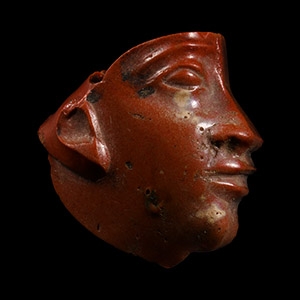
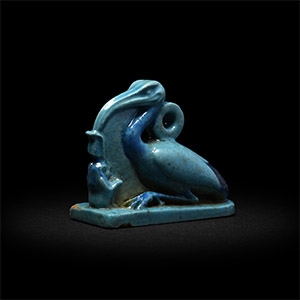
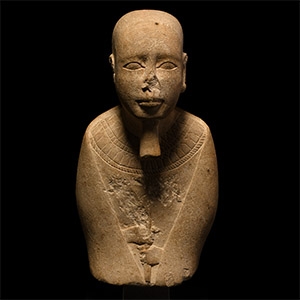
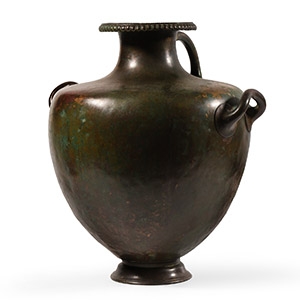
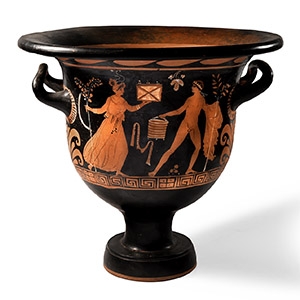
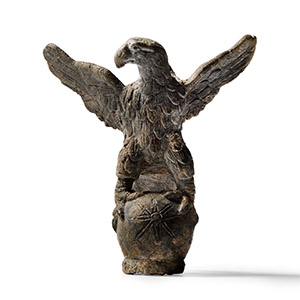

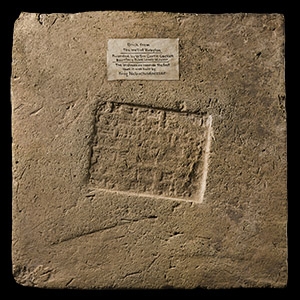
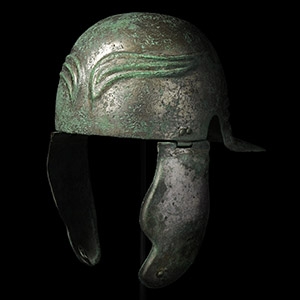
.jpg)
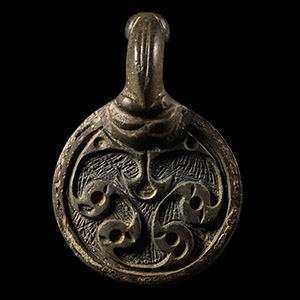
.jpg)
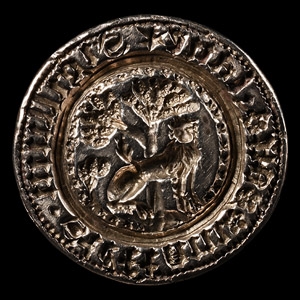
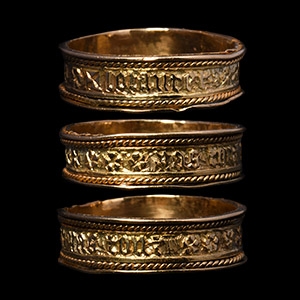
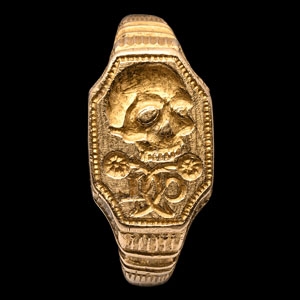
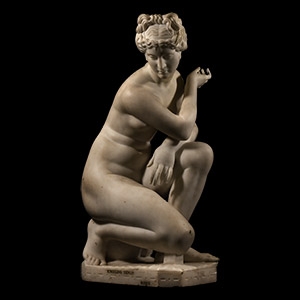




.jpg&width=60&height=30)
.jpg&width=60&height=30)









